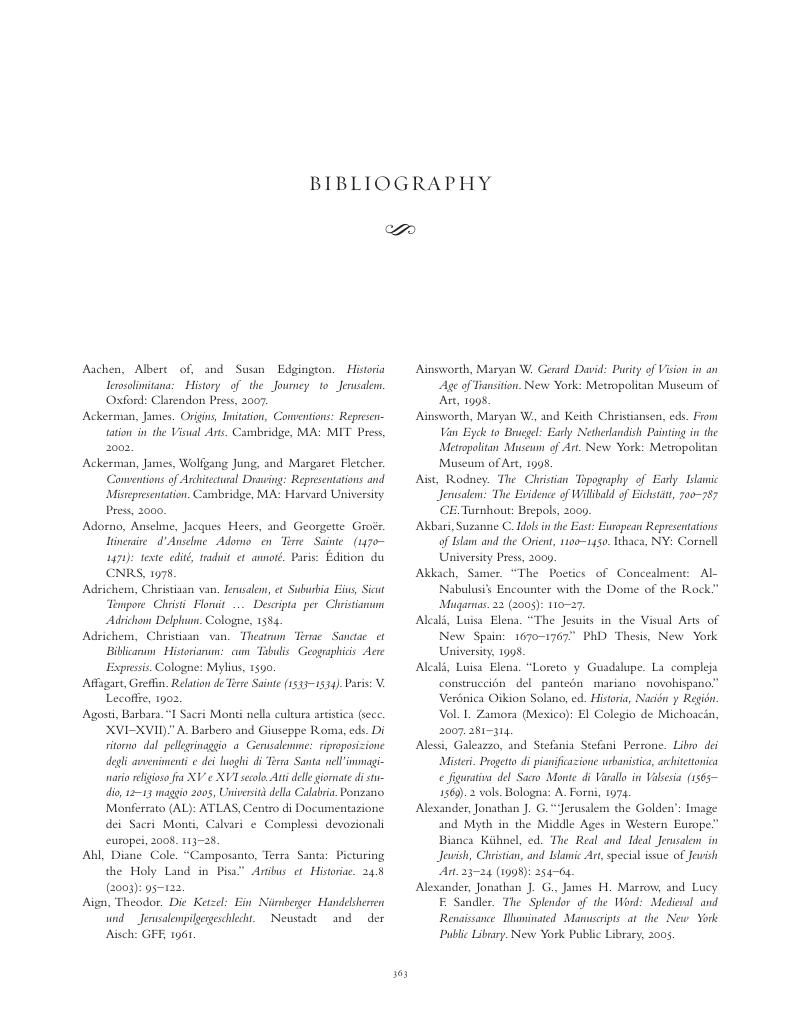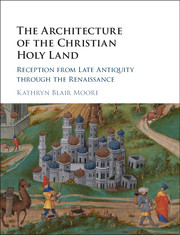Book contents
- The Architecture of the Christian Holy Land
- The Architecture of the Christian Holy Land
- Copyright page
- Dedication
- Contents
- Color Plates
- Figures
- Preface
- Abbreviations
- Introduction
- Part I The Symbolization of Holy Land Architecture
- Part II Triumphal Restoration and Re-creation in the Crusades
- Part III The Franciscan Custody of the Holy Land
- Part IV Imagined Pilgrimages and Crusades in the Renaissance
- Notes
- Bibliography
- Index
- Plate section
- References
Bibliography
Published online by Cambridge University Press: 16 March 2017
- The Architecture of the Christian Holy Land
- The Architecture of the Christian Holy Land
- Copyright page
- Dedication
- Contents
- Color Plates
- Figures
- Preface
- Abbreviations
- Introduction
- Part I The Symbolization of Holy Land Architecture
- Part II Triumphal Restoration and Re-creation in the Crusades
- Part III The Franciscan Custody of the Holy Land
- Part IV Imagined Pilgrimages and Crusades in the Renaissance
- Notes
- Bibliography
- Index
- Plate section
- References
Summary

- Type
- Chapter
- Information
- The Architecture of the Christian Holy LandReception from Late Antiquity through the Renaissance, pp. 363 - 411Publisher: Cambridge University PressPrint publication year: 2017



